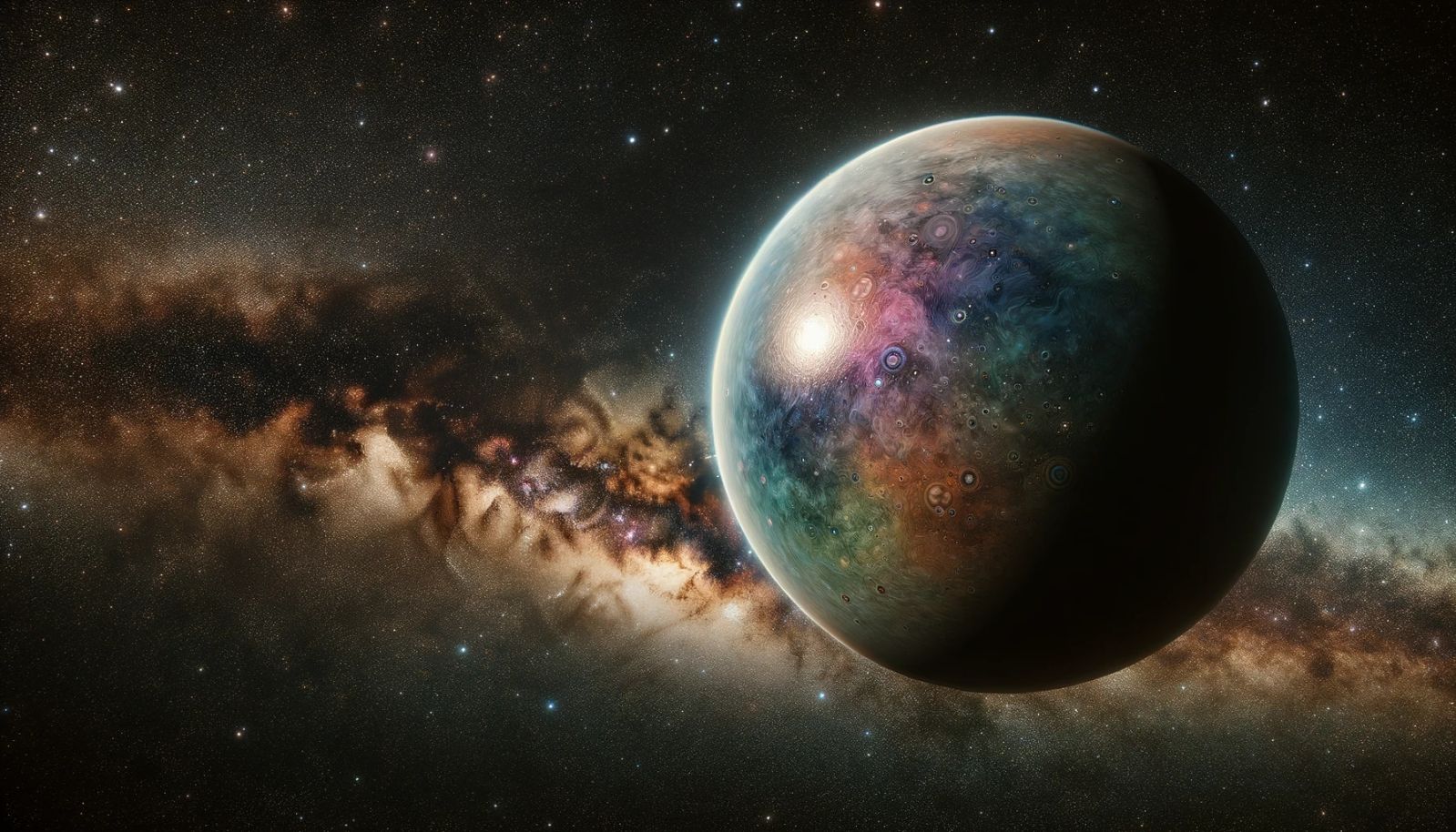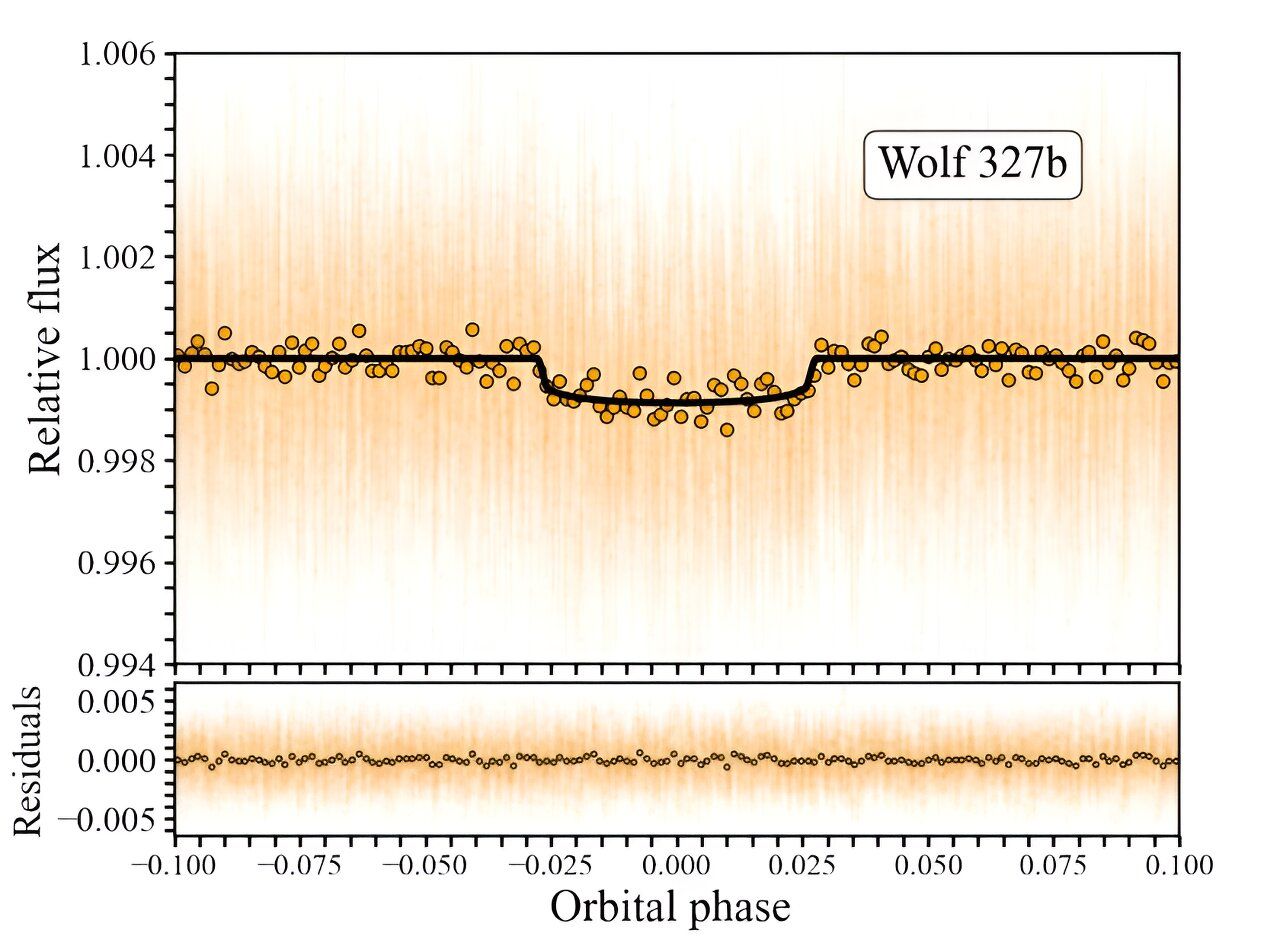Follow us on Google News (click on ☆)

Since its launch in April 2018, TESS has monitored approximately 200,000 of the brightest stars near the Sun, aiming to detect transiting exoplanets. Among over 7,000 candidates identified to date, 415 have been confirmed, enhancing our understanding of planetary systems beyond our own.
Wolf 327 b was detected around an M dwarf star, Wolf 327, situated about 93 light-years from us. This planet is distinguished by its extremely close orbit, completing a full revolution in just 13.7 hours. Its size is 1.24 Earth radii, and its mass reaches 2.53 times that of our planet, giving it a high density suggestive of an internal composition similar to Mercury's, with a large iron core surrounded by a thin mantle.
The environment of Wolf 327 b is hostile, with an equilibrium temperature nearing 1,832°F (around 1,000 K), ruling out the presence of liquid water on its surface. Nonetheless, this ultra-short period super-Earth holds significant scientific interest, particularly for understanding the internal structures of rocky planets. The characteristics of Wolf 327, an M dwarf star aged 4.1 billion years and less massive than the Sun, also add to the intrigue of this discovery.

Light curve of Wolf 327 b.
Credit: Murgas et al., 2024.
The study of Wolf 327 b and other similar planets could greatly benefit from future observations with the James Webb Space Telescope, allowing for a refined understanding of their atmospheres and compositions. Researchers also suggest the potential presence of other planets in this system, reinforcing the idea that ultra-short period planets are often not alone.
This discovery highlights the importance of missions like TESS in the quest for knowledge about the Universe, offering new perspectives on the diversity and complexity of planetary systems beyond our own.